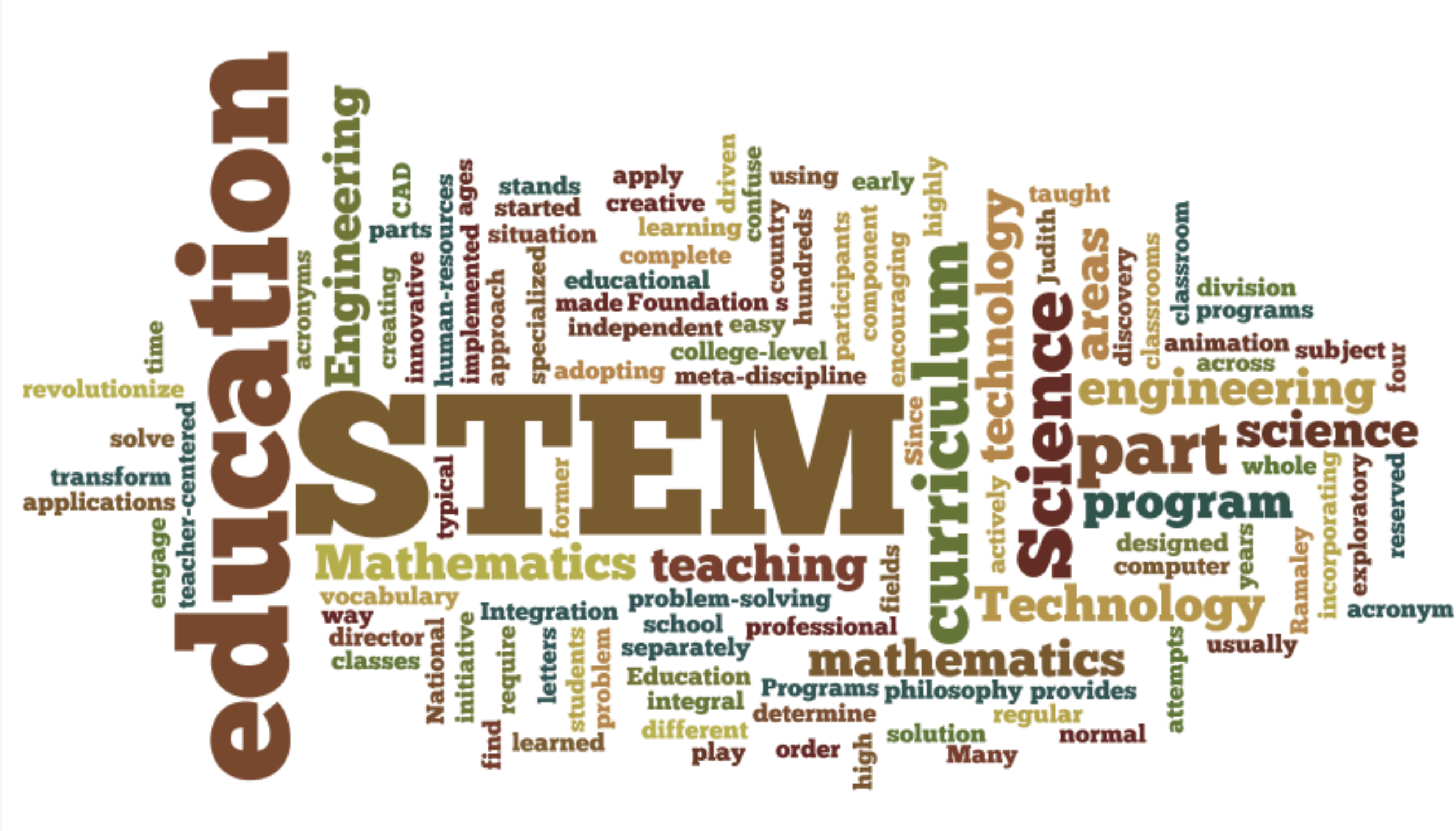- Erie's Public Schools
- Overview
-
 STEM Education in Erie's Public SchoolsSTEM is a curriculum based on the idea of educating students in four specific disciplines — science, technology, engineering and mathematics — in an interdisciplinary and applied approach. Rather than teach the four disciplines as separate and discrete subjects, STEM integrates them into a cohesive learning paradigm based on real-world applications.What separates STEM from the traditional science and math education is the blended learning environment and showing students how the scientific method can be applied to everyday life. It teaches students computational thinking and focuses on the real world applications of problem solving. As mentioned before, STEM education begins while students are very young:
STEM Education in Erie's Public SchoolsSTEM is a curriculum based on the idea of educating students in four specific disciplines — science, technology, engineering and mathematics — in an interdisciplinary and applied approach. Rather than teach the four disciplines as separate and discrete subjects, STEM integrates them into a cohesive learning paradigm based on real-world applications.What separates STEM from the traditional science and math education is the blended learning environment and showing students how the scientific method can be applied to everyday life. It teaches students computational thinking and focuses on the real world applications of problem solving. As mentioned before, STEM education begins while students are very young:- Elementary school — STEM education focuses on the introductory
level STEM courses, as well as awareness of the STEM fields and
occupations. This initial step provides standards-based structured
inquiry-based and real world problem-based learning, connecting all four
of the STEM subjects. The goal is to pique students' interest into them
wanting to pursue the courses, not because they have to. There is also an
emphasis placed on bridging in-school and out-of-school STEM learning
opportunities.
- Middle school — At this stage, the courses become more rigorous
and challenging. Student awareness of STEM fields and occupations is still
pursued, as well as the academic requirements of such fields. Student
exploration of STEM related careers begins at this level, particularly for
underrepresented populations.
- High school — The program of study focuses on the application
of the subjects in a challenging and rigorous manner. Courses and pathways
are now available in STEM fields and occupations, as well as preparation
for post-secondary education and employment. More emphasis is placed on
bridging in-school and out-of-school STEM opportunities.
- Elementary school — STEM education focuses on the introductory
level STEM courses, as well as awareness of the STEM fields and
occupations. This initial step provides standards-based structured
inquiry-based and real world problem-based learning, connecting all four
of the STEM subjects. The goal is to pique students' interest into them
wanting to pursue the courses, not because they have to. There is also an
emphasis placed on bridging in-school and out-of-school STEM learning
opportunities.

